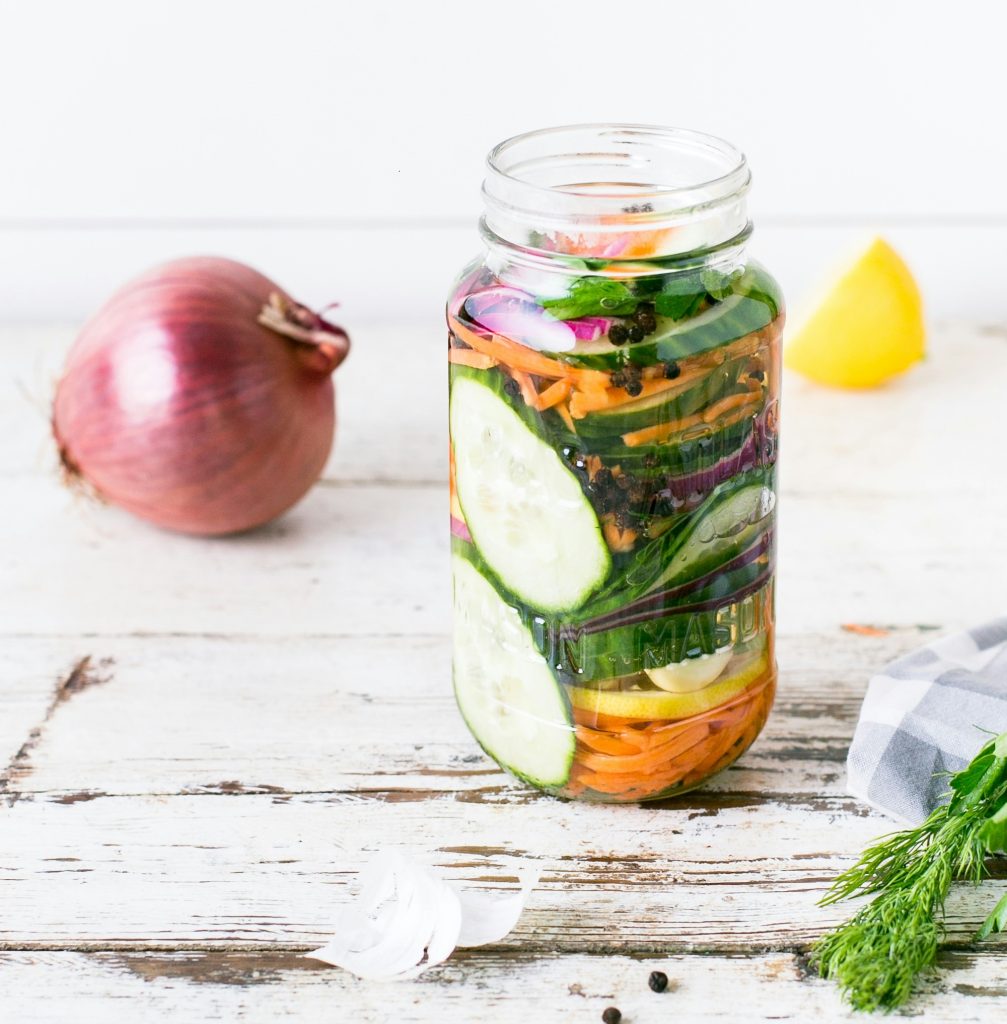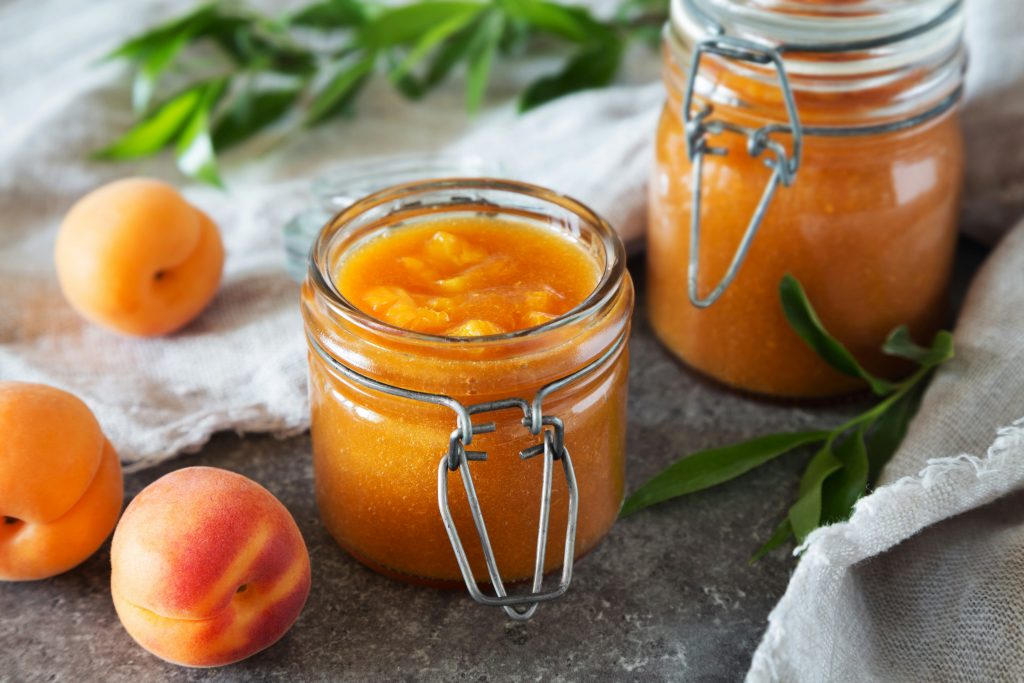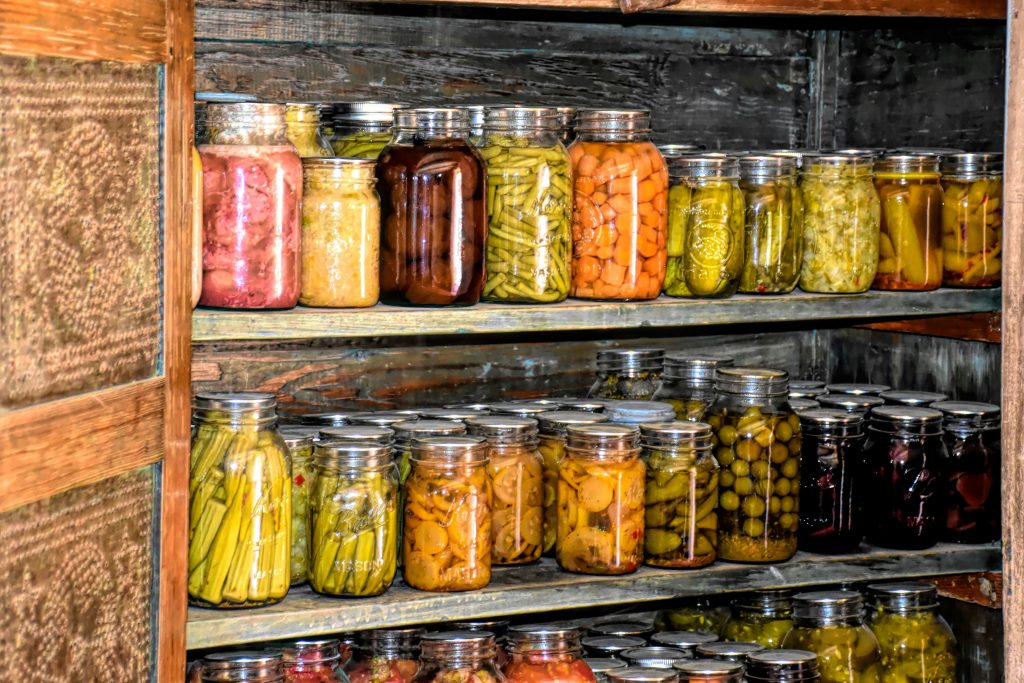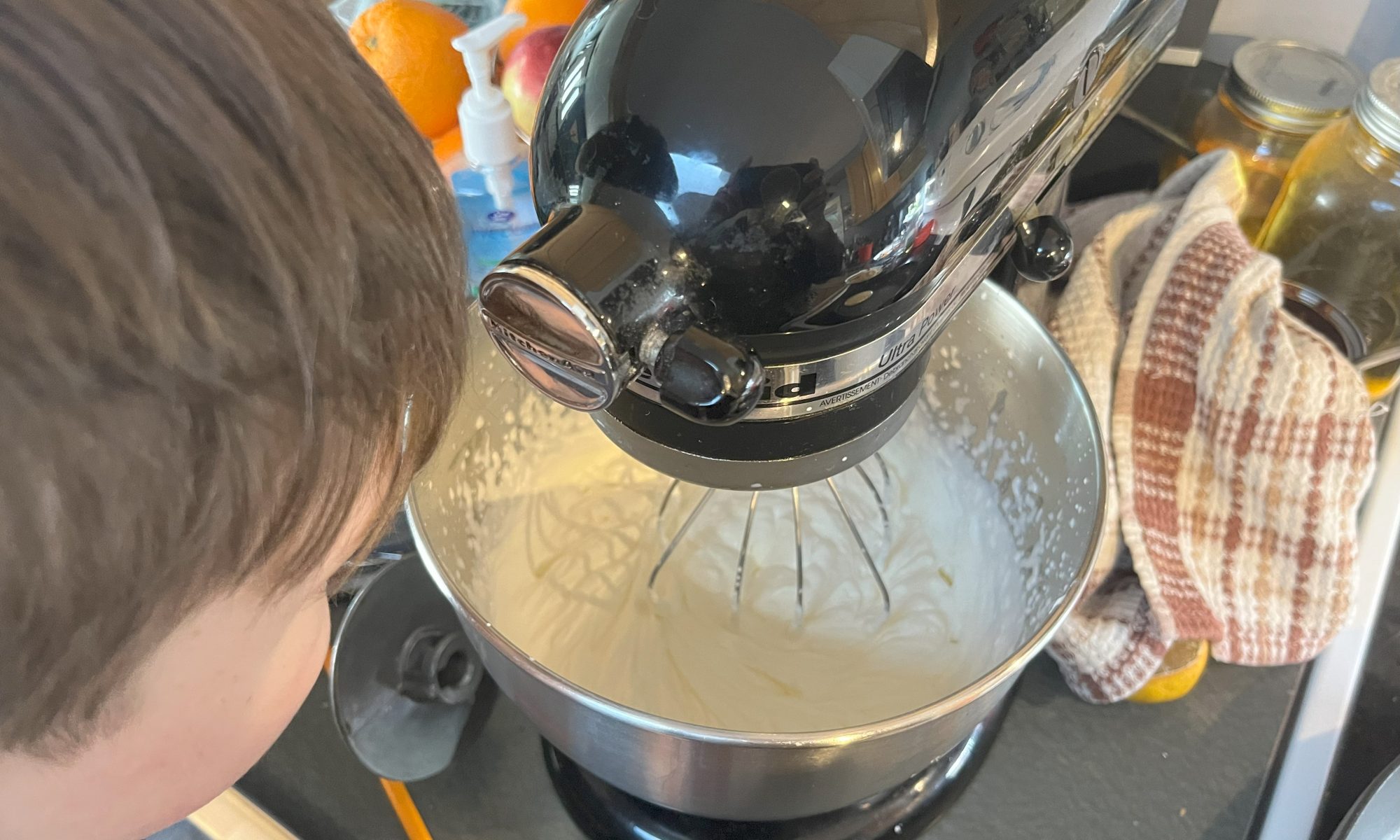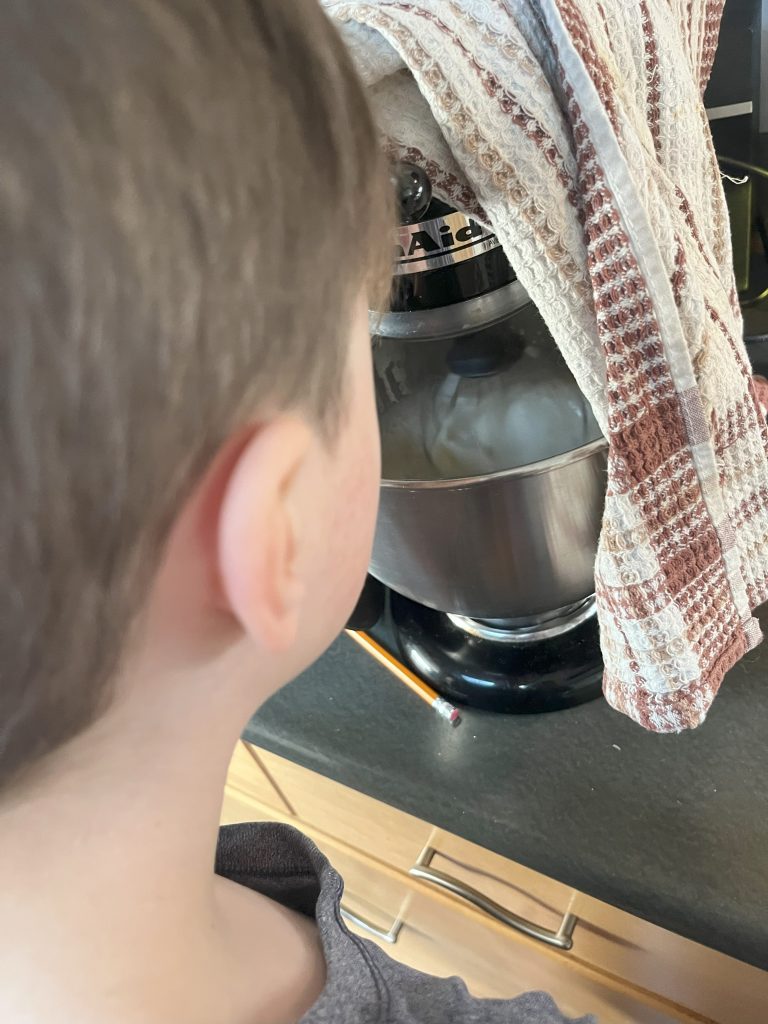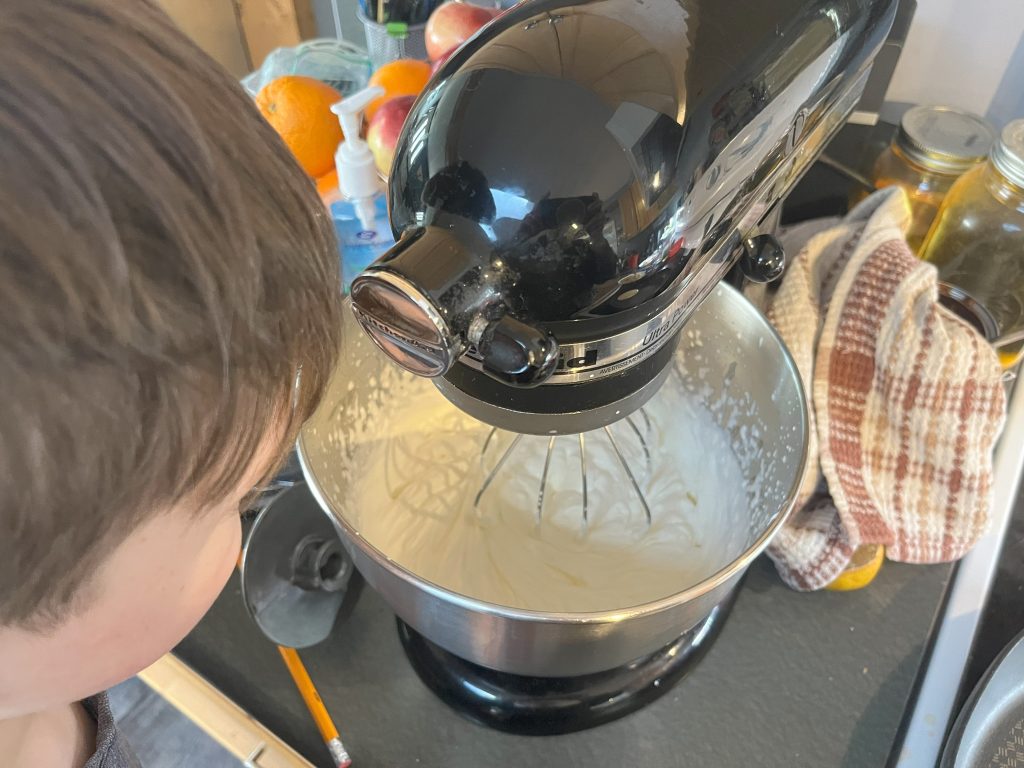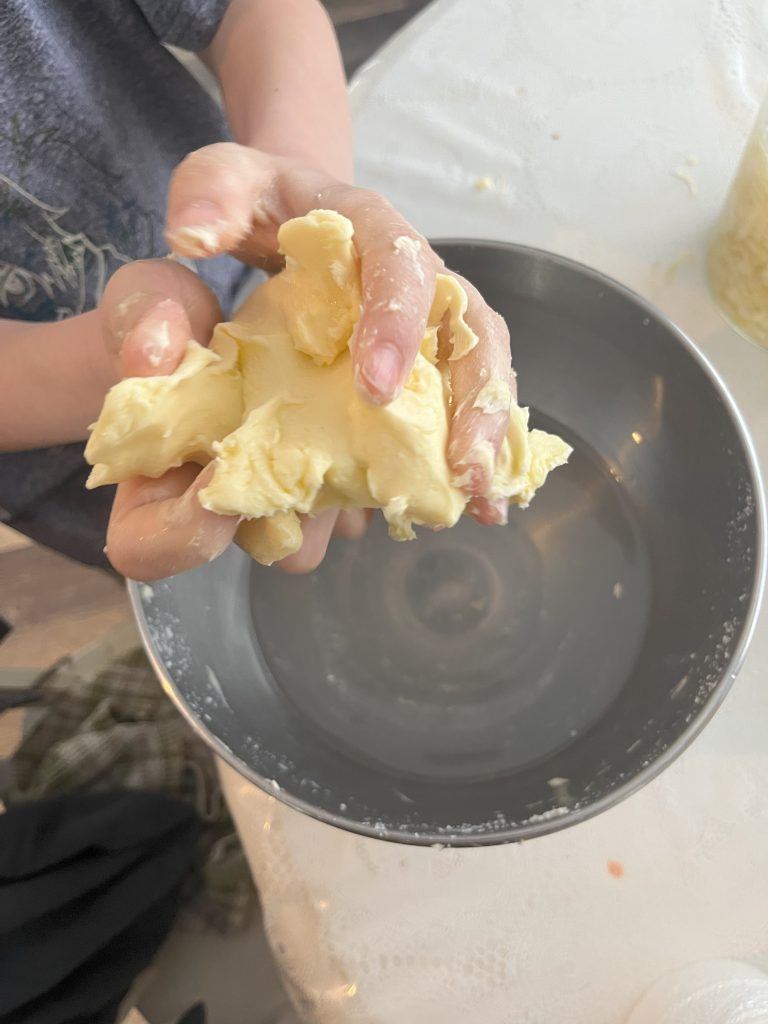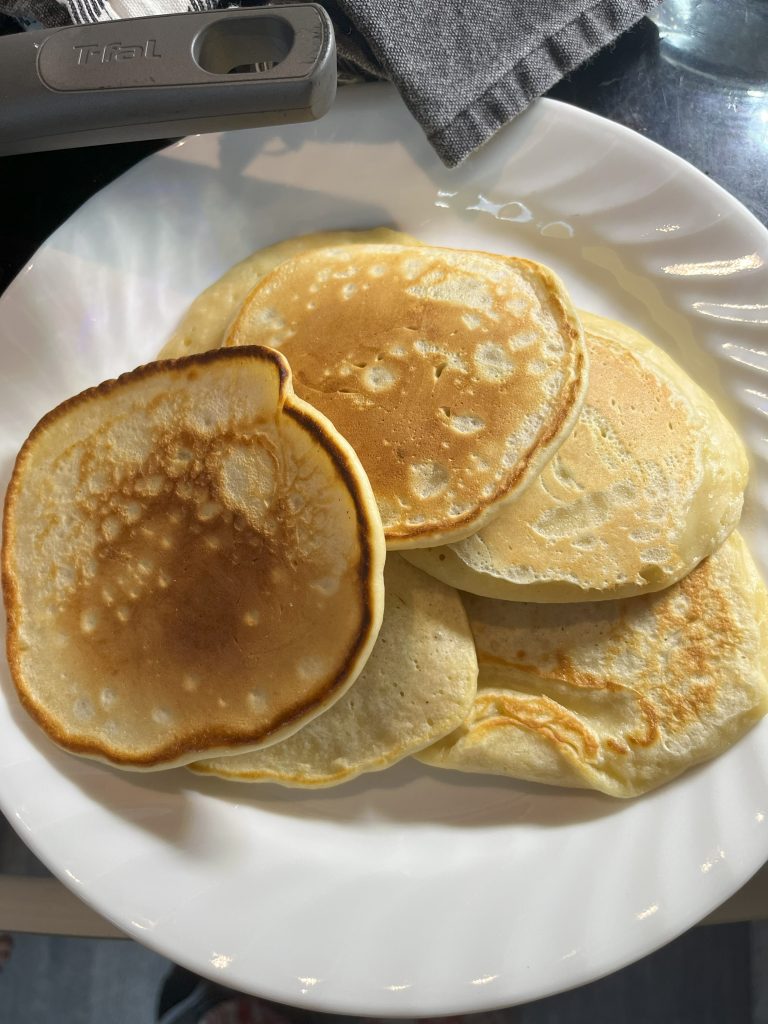So, you find yourself staring at a bunch of beets, wondering what on earth to do with them? Fear not, dear reader, for I am here to guide you through the wardrobe-staining experience of baking beets whole – a culinary adventure.
Selecting and Cleaning the Beets
First things first, let’s pick the perfect beets. You want them to be firm, smooth, and as perky as THOT. Look for ones with their greens still intact, a sign of freshness and vitality. Anything looking sad and droopy should be left on the shelf – we want beets that don’t look beaten. Isn’t that the kind of irony we expect from the world? Trim off those leafy greens, leaving just a little bit of stem to keep the beets from getting too bleedy during their time in the oven.
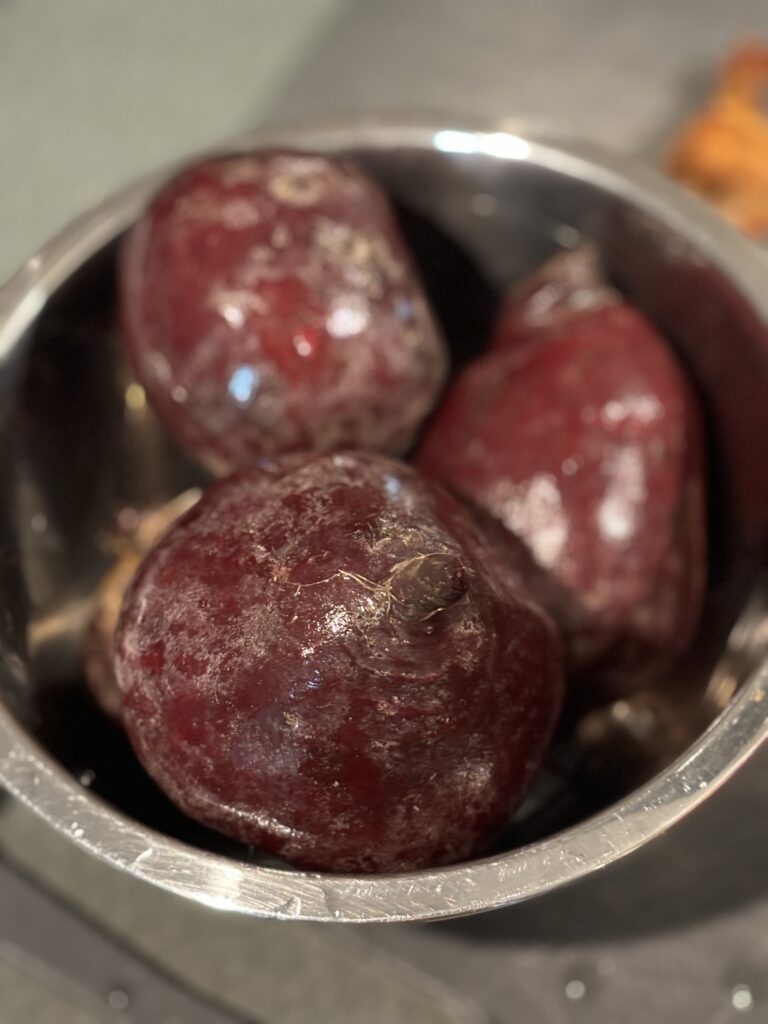
Or, have you purchased a greenless 20lb bag of beets so small that peeling them seems like the kind of punishment outlawed in some countries? But they’re yours now, Sista!
Once you’ve found your beets, it’s time to give them a good rinse and scrub under cold water. Count, if you can, how many times you disassociate throughout this monotonous task and repeatedly return to find yourself still scrubbing the damned things. (They’re not looking like such a show-stopping deal anymore, are they?)
I digress.
But here’s the thing: the torture ends here. Because you’re going to bake your beets whole, you can skip the agony of peeling! Take this tiny win and throw your beets into a baking dish deep enough to catch potential drips.
Baking Beets Whole
Now, let’s get roasting! Preheat your oven to 375°F (190°C).
If you’ve got a few big, beautiful beets, you might consider wrapping each one in foil like a potato to seal in the moisture as it cooks. If your beets are small, you’ll want to wrap your baking dish in foil to seal all the beets at once. If you want to add a little flavour early in the process, you can dress them with a little olive oil, salt and pepper before wrapping them up. Adding 1 cup of water to the sealed baking dish will help steam the peels and make them easier to remove later.
Bake your beets whole on the middle rack for 45 minutes to an hour and increase time as needed. You’ll know your beets are done when you can slide a knife into them easily. Remove them from the oven and remove the aluminum foil to cool.
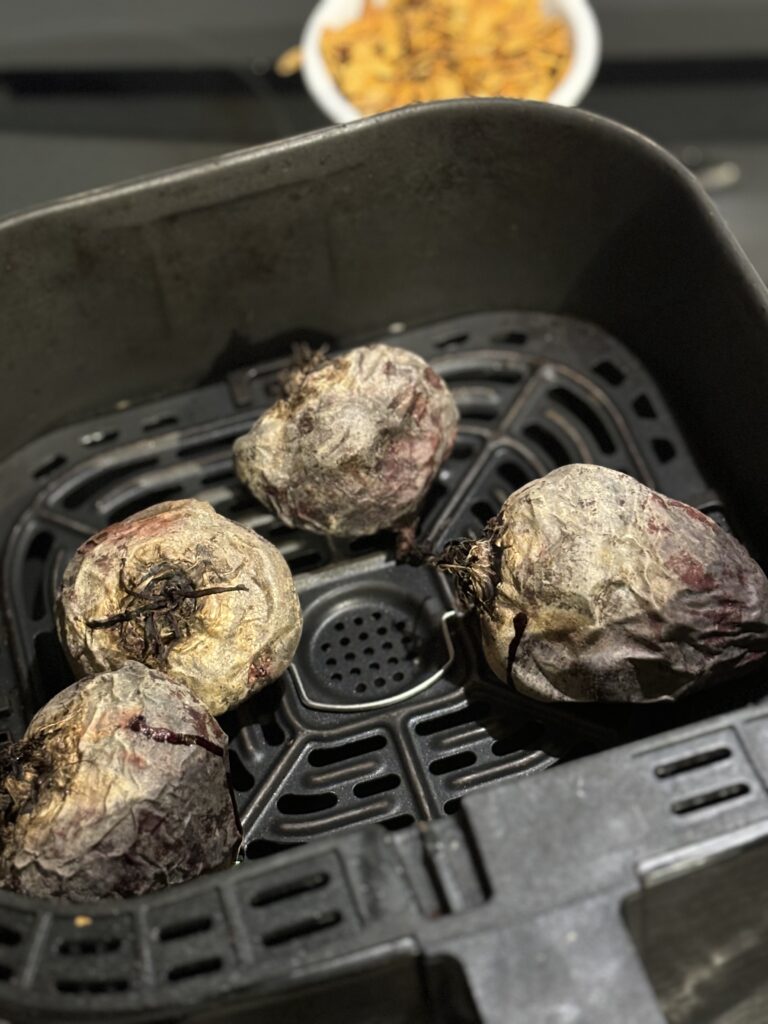
Peeling Your Whole Baked Beets
With the oven timer chiming its completion, you can now embark on the satisfying task of peeling your whole baked beets. As you prepare for this endeavor, it’s wise to don an apron and perhaps even slip on a pair of latex gloves if, like me, you tend to be a bit clumsy and careless in the kitchen. Trust me; it’s a small precaution that could spare you from emerging looking like you’ve just engaged in a particularly vibrant round of finger painting—albeit with a decidedly pinker hue.
Once your beets have cooled to a manageable temperature, you’ll find that sliding off their skins is a breeze. Compared to the tedious chore of peeling raw beets, this process is remarkably swift and remarkably less likely to result in any culinary battle scars. Indeed, your knuckles will thank you for opting to bake your beets whole rather than subjecting them to the peeler’s edge.
Now that your beets are cooked to tender perfection and free from their earthy exteriors, they stand ready to lend their vibrant flavor and vibrant color to an array of culinary creations. Whether destined for a hearty soup, a refreshing salad, or a tangy pickling brine, your baked beets are primed to elevate any dish they grace with their presence. And while the temptation to devour them whole is undoubtedly strong, we recommend exercising a modicum of restraint and opting instead to slice them to your desired thickness, depending on the culinary application at hand.

Dressing the Baked Beets
Ah, the joy of dressing baked beets whole—an opportunity to infuse these humble roots with a symphony of flavors and textures that will tantalize the taste buds and elevate any meal to gourmet status. Among the myriad options for dressing your beets, one particular combination stands out as a perennial favorite:
Begin by drizzling your baked beets with a generous glug of good-quality olive oil—a touch of liquid gold to enhance their natural sweetness and impart a luscious mouthfeel. Follow this with a sprinkling of salt and pepper, seasoning to taste and allowing the flavors to meld harmoniously with the earthy notes of the beets.
Next, introduce a splash of balsamic vinegar, its tangy acidity serving as a delightful counterpoint to the beets’ inherent sweetness. Allow the vinegar to seep into the crevices of the beets, infusing them with its rich, complex flavor profile and adding a tantalizing depth to each bite.
For a burst of freshness and color, scatter a handful of spring lettuce mix over the dressed beets, their crisp texture and vibrant hues providing a delightful contrast to the tender, jewel-toned roots.
To further elevate the dish, sprinkle over a generous handful of fresh chopped herbs—think parsley, dill, basil, and chives—each contributing its unique aroma and flavor to the ensemble. Feel free to adjust the herb selection according to your personal preferences, experimenting with different combinations until you find the perfect balance of flavors.
Finally, crumble over a liberal amount of feta cheese or soft goat cheese, its creamy richness adding a luxurious creaminess to each bite while complementing the earthy sweetness of the beets. If dairy isn’t your thing, fear not; there are plenty of vegan cheese alternatives available that are equally delicious in their own right.
With your beets lovingly dressed and adorned, take a moment to admire their vibrant colors and enticing aroma—a testament to the culinary masterpiece you’ve created. Whether served as a standalone side dish, a hearty salad, or a flavorful addition to sandwiches and wraps, these dressed beets are sure to steal the show and leave your taste buds clamoring for more.
These are ingredients that can be eyeballed and adjusted to taste. Need more beet salad recommendations? Check out this awesome beet salad dressing blog by the Happy Muncher.
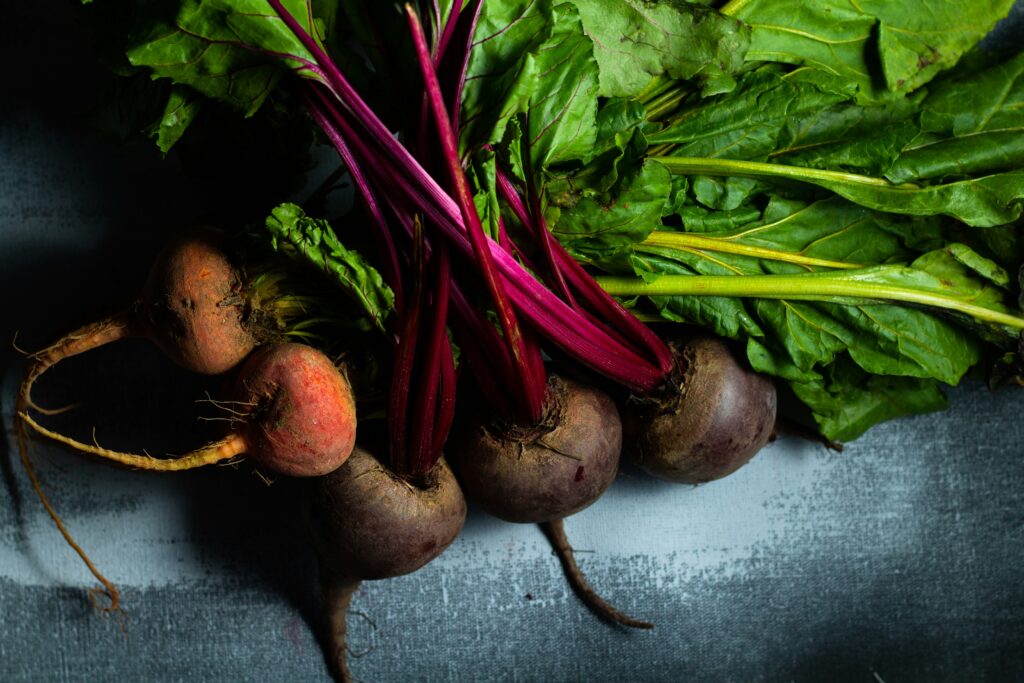
Was it Worth it?
As you sit down to savor the fruits of your labor—a vibrant medley of tender beets, fresh herbs, and tangy dressing—you can’t help but marvel at the transformative power of simple ingredients. In a world where culinary trends come and go, there’s something comforting about the timeless appeal of a well-prepared beet dish.
Of all the root vegetables in the garden, beets hold a special place in my heart, their versatile nature and vibrant hues making them a perennial favorite in my kitchen. From roasted beet salads to hearty beet soups, there’s no shortage of delicious ways to enjoy these humble roots. And while it’s true that I may have overestimated my beet consumption on occasion, leading to a surplus that borders on the absurd, I can’t say that I regret a single beet-filled moment. (Got too many beets? Learn how to store them here).
So, the next time you find yourself faced with a pile of beets and a sense of culinary uncertainty, fear not. Armed with the knowledge of how to bake beets whole and dress them with flair, you’re ready to embark on a culinary adventure that’s sure to delight the senses and leave you craving more. After all, when it comes to cooking with beets, the possibilities are as endless as your imagination.


